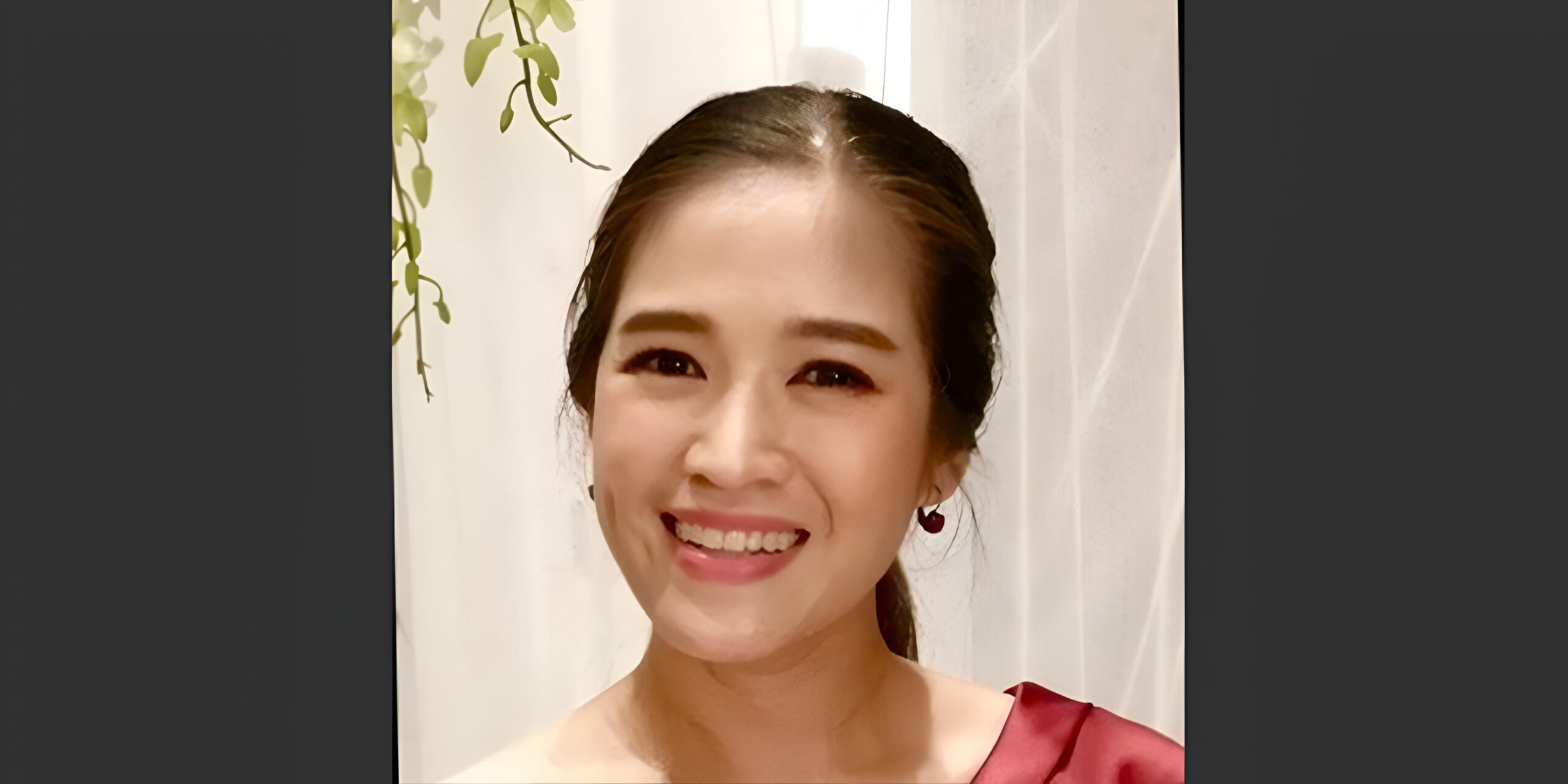At Fublis, our Media Matters series highlights the voices behind the media—those shaping the narratives in journalism, editing, writing, and beyond. In this edition, we feature Kamolthip Kimaree, a media professional with a background in architecture and design, whose thoughtful perspective bridges editorial practice with spatial and social awareness.
Kamolthip holds a master’s degree in design and architecture and currently serves as an editor at art4d, a leading voice in the design and architecture community in Southeast Asia. Her editorial work is informed by a holistic design mindset—one that considers not only form and function but also mental well-being, user experience, and social responsibility.
In this interview, Kamolthip reflects on her academic journey, her passion for adaptive and regenerative architecture, and the importance of kind, integrated design thinking. From exploring campaigns on self-esteem to tackling challenges like waste management in Thailand, she emphasizes the role of architecture and media in responding to real-world issues. She also shares her views on editorial leadership at art4d, the value of open collaboration, and her admiration for projects like the Angsila Oyster Scaffolding Pavilion and Tokyo Toilet.
Kamolthip’s approach to storytelling through design and media invites a broader dialogue about how we live, connect, and create responsibly in today’s world.
What inspired you to pursue a master’s degree in design and architecture?
Kamolthip Kimaree: I want to explore how to use design to analyse problems and find solutions for everything around me. This includes not only physical terms but also the process, way of thinking, and mental value.
Can you describe a project from your master’s program that challenged you creatively?
Kamolthip Kimaree: At that time, the media landscape had been changing rapidly since social media becaame popular. I noticed that this incident impacted social interaction and human behaviour, including mental health and self-esteem. So, I started researching them and designing a campaign about self-esteem and how humans should look at themselves and others. The challenge is how to make the campaign reach the audience effectively, as the campaign is more about using social media responsibly and healthily.
What emerging design and architecture trends are you most excited about right now?
Kamolthip Kimaree: It is more about regeneration, adaptation and reuse. I don’t think we need extravagant design or innovation now, as humans have already destroyed this world, and we have gone so far. So, finding a way to live peacefully and healthily with nature and other creatures is enough. It sounds easy, but it is not, as we humans were born with lustful desires.
What’s your favorite architectural style, and why?
Kamolthip Kimaree: I like that Chameleon architecture; it is flexible and friendly.
Can you share a memorable project that resonated with the audience at art4d?
Kamolthip Kimaree: The Tokyo toilet.
What are some of the toughest challenges you’ve faced in architecture and design so far?
Kamolthip Kimaree: Waste management in Thailand.
What architectural projects inspire you the most?
Kamolthip Kimaree: The Angsila Oyster Scaffolding Pavilion.
How do you stay updated with industry trends and ensure art4d remains a top voice in the design world?
Kamolthip Kimaree: We are open to project and innovation news submissions from around the world and work closely with design associations, both domestic and international.
How has your background in architecture shaped the way you make editorial decisions?
Kamolthip Kimaree: I try to consider all aspects of the issue and make decisions that benefit the audience. Just like in design work, we need to consider all aspects of the users.
What advice would you give to someone starting out in the design and architecture field?
Kamolthip Kimaree: Being kind to things around you, others and yourself, and integrating is an essential skill.




